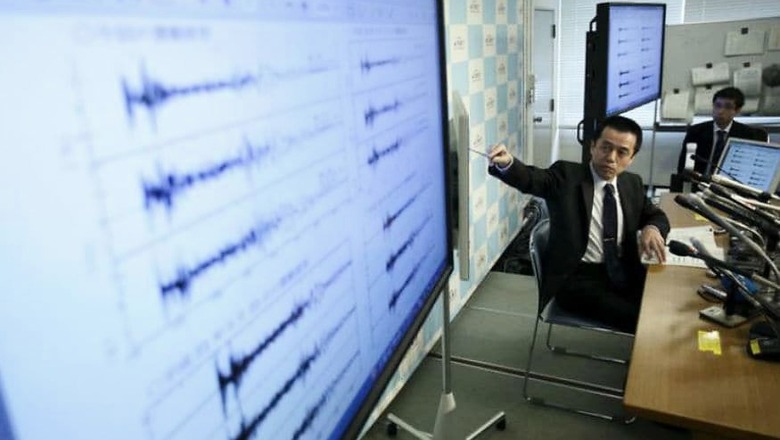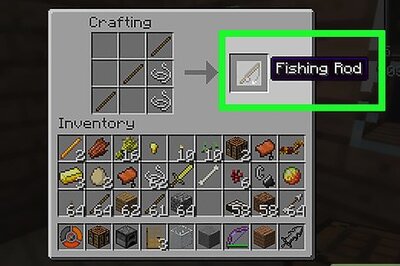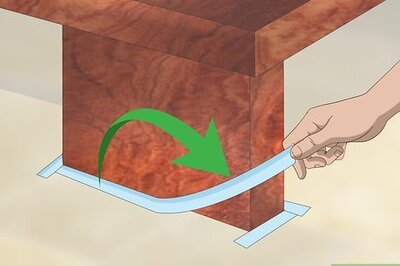
views
An earthquake detecting mobile application released by the University of California at Berkeley earlier this year has so far captured 400 temblors worldwide, researchers said.
The Android app, named MyShake, harnesses a smartphone's motion detectors to measure earthquake ground motion, then sends that data back to the Berkeley Seismological Laboratory for analysis.
The eventual goal is to send early-warning alerts to users a bit farther from Ground Zero, giving them seconds to a minute of warning that the ground will start shaking -- enough time to take cover or switch off equipment that might be damaged in a quake.Read more: Snapdeal to Start Selling LeEco Le 2 Starting December 15
MyShake users around the world have detected 395 earthquakes with confirmed waveforms between February 12, 2016 -- the release date of the app -- and December 1, 2016, the researcher said in a university statement on Wednesday.
To date, nearly 220,000 people have downloaded the app, and at any one time, between 8,000 and 10,000 phones are active -- turned on, lying on a horizontal surface and connected to a wi-fi network -- and thus primed to respond, they added.
Ten months of operation clearly show that the sensitivity of the smartphone accelerometers and the density of phones in many places are sufficient to provide data quickly enough for early warning.Read more: Nasscom-DSCI Unveil 10-year Cyber Security Roadmap for India
The phones readily detect the first seismic waves to arrive -- the less destructive P waves -- and send the information to Berkeley in time to issue an alert that the stronger S wave will soon arrive.
"We already have the algorithm to detect the earthquakes running on our server, but we have to make sure it is accurate and stable before we can start issuing warnings, which we hope to do in the near future," said Qingkai Kong from the University of California, Berkeley.Read more: Amazon Starts Prime Video Service, Netflix Competitor, in India
The app can detect quakes as small as magnitude 2.5, with the best sensitivity in areas with a greater density of phones.
The largest quake detected so far occurred on April 16 in Ecuador -- a 7.8 magnitude quake that triggered two phones, 170 and 200 kilometres from the epicentre.
The findings are scheduled to be presented on Wednesday, during an annual meeting of the American Geophysical Union in San Francisco.




















Comments
0 comment